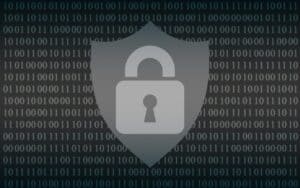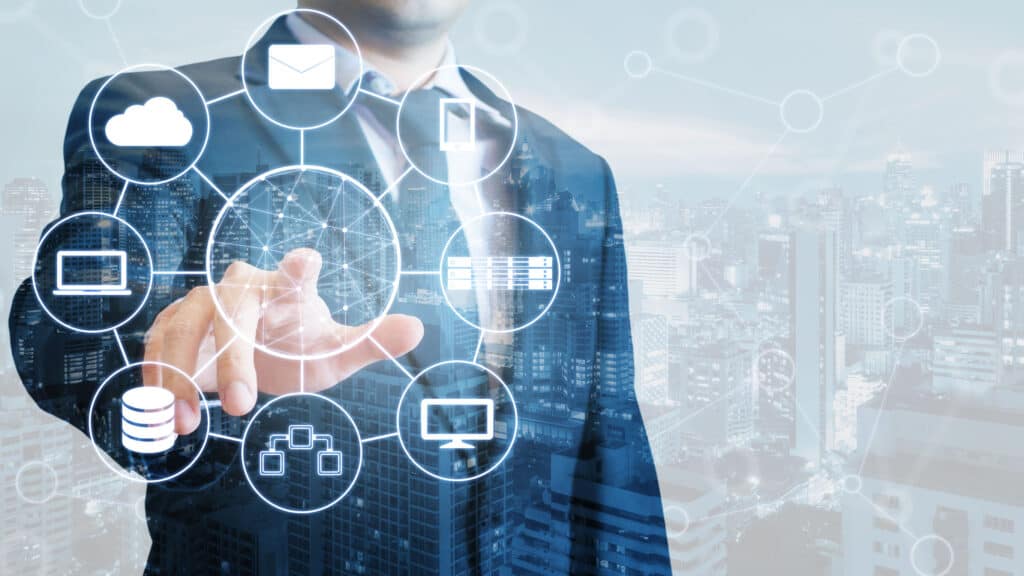Among the various channels available for businesses and communication, email stands out as a primary means of interaction. However, the convenience and efficiency of email also make it a prime target for cyber threats.
As technology advances, so do the strategies employed by cybercriminals, underscoring the critical importance of robust email protection measures for businesses. Read on to learn more about what businesses should know about email protection and how to keep your business and its data safe.
Understanding the Landscape
Before delving into the specifics of email protection, we have to address the fact that the landscape of cyber threats is constantly changing. Hackers and malicious actors are continually refining their methods, employing sophisticated techniques such as phishing, ransomware, and social engineering to exploit vulnerabilities in email systems.
Recognizing the potential risks is the first step toward implementing effective protective measures. Adding an additional layer of cybersecurity to your business can also help.
The Threat of Phishing
Phishing, a deceptive technique where attackers impersonate trustworthy entities to trick individuals into revealing sensitive information, remains a prevalent threat in the business realm. Email is a common medium for phishing attempts, with hackers crafting seemingly legitimate messages to lure recipients into divulging passwords, financial information, or other confidential data.
To guard against phishing, businesses should educate their employees about recognizing red flags in emails, such as unexpected attachments, unfamiliar sender addresses, or urgent requests for sensitive information. Email filtering solutions can identify and quarantine suspicious emails before they reach users’ inboxes, which makes them a key strategy that can help protect against such a threat.
Ransomware: A Looming Menace
The rise of ransomware attacks poses a significant risk to businesses of all sizes. These attacks typically involve encrypting a company’s data and demanding a ransom for its release. Email is often the entry point for ransomware, making it imperative for businesses to fortify their defenses.
Regularly backing up critical data and storing it in secure, offline locations is a great preventive measure. Additionally, email encryption can safeguard sensitive information from being intercepted and misused. Combining these measures with robust antivirus software and employee training can create a multi-layered defense against ransomware threats.
Social Engineering: Exploiting Human Vulnerabilities
Social engineering tactics capitalize on human psychology to manipulate individuals into divulging confidential information or performing actions that compromise security. Emails are a prime vector for social engineering, with attackers posing as colleagues, executives, or trusted entities to deceive recipients.
Emphasizing the importance of verifying the authenticity of requests to your employees, especially those involving sensitive information or financial transactions, can prevent falling victim to these schemes. When it comes to emails that mention a time crunch, if they’re even the slightest bit suspicious, train your employees to reach out to the emailer directly by calling them.
This can be an easy workaround; if the email is legit you are merely double-checking, whereas if it is malicious in nature, the person who was being impersonated is now aware of the cyberattack.
Strengthening Authentication
Passwords alone are no longer sufficient to safeguard email accounts. Two-factor authentication (2FA) or multi-factor authentication (MFA) enhances security by requiring users to provide additional proof of identity beyond a password. This can involve a temporary code sent to a mobile device or a biometric verification method.
Encouraging the adoption of 2FA or MFA across your organization adds an extra layer of defense against unauthorized access. Additionally, regularly updating and strengthening password policies, including the use of complex passwords and periodic changes, can mitigate the risk of unauthorized access.
While cybercriminals might be able to guess a password, the secondary wall of having 2FA or MFA makes gaining access that much more difficult. It also makes cybercriminals that much easier to catch in the act before any damage can be done to your business.
Email Encryption: Securing Communication
Email encryption is a powerful tool that ensures the confidentiality and integrity of sensitive information during transmission. This technology encodes the content of emails, making it unreadable to anyone without the proper decryption key. That way, even if the data is accessed, it’s completely useless to anyone who doesn’t have the decryption key.
For businesses dealing with sensitive data, adopting email encryption is non-negotiable. Whether it’s proprietary information, financial records, or customer details, encrypting emails safeguards the information from interception by unauthorized parties. Many email platforms offer built-in encryption features, and third-party solutions are also available for enhanced protection.
Employee Training: The Human Firewall
While technological solutions are one thing, employees are often the last line of defense against cyber threats. Regular and comprehensive training programs can empower staff to recognize and respond effectively to potential security risks.
Simulated phishing exercises can provide a hands-on experience, helping employees develop a keen eye for identifying suspicious emails. Plus, if they fail to notice the phishing exercise, there is no damage done, and they can learn what to watch out for.
Fostering a culture of cybersecurity awareness encourages employees to prioritize security in their day-to-day activities. This includes being cautious about clicking on links, verifying the legitimacy of email senders, and promptly reporting any security concerns. A well-informed and vigilant workforce acts as a formidable barrier against cyber threats.
Implementing Email Filtering
Email filtering solutions are indispensable in the fight against cyber threats. These tools use advanced algorithms to analyze incoming emails, identifying and quarantining potentially malicious content. By filtering out phishing attempts, malware, and spam, businesses can significantly reduce the risk of a security breach.
Choosing an email filtering solution that suits the specific needs of your business is the first and most important step. Look for features such as real-time threat detection, customizable filtering rules, and regular updates to stay ahead of evolving threats. Cloud-based filtering solutions offer scalability and ease of implementation, making them a popular choice for businesses of all sizes.
Regular Security Audits
Cyber threats are dynamic, so your security measures should be, too. Regularly conducting security audits and assessments allows businesses to identify vulnerabilities and proactively address potential risks. This process involves reviewing existing security protocols, testing the effectiveness of email protection measures, and implementing necessary updates.
Collaborating with cybersecurity experts for external audits can provide an unbiased perspective and valuable insights. These audits should encompass not only technical aspects but also evaluate the effectiveness of employee training programs and overall security awareness within the organization.
Ready to secure your business? Our team at CMIT Solutions East Brunswick can help. Contact us today or give us a call at 732-917-4627 for more information.





